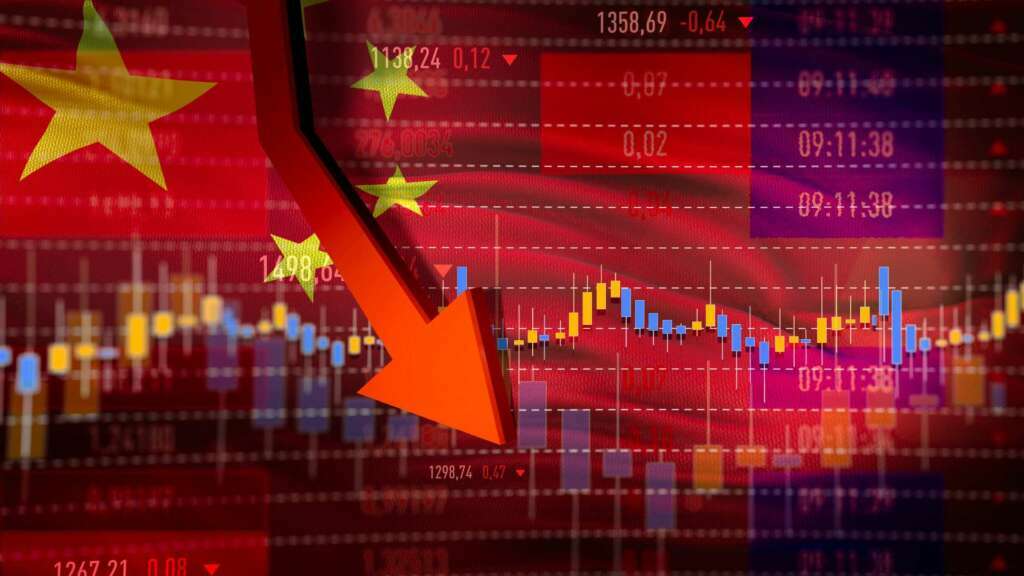
The term “income per capita” is often used interchangeably with Gross Domestic Product and other economic units such as industrial production, gross national product and so on. Per capita income measures the average income generated per individual in a country in a given year. It is calculated by multiplying the Gross Domestic Product of a nation by its population. This is often compared to the Gross National Income per Capita in order to get a more accurate picture of national income. One nation’s per capita income may be much higher than another nation’s. This is because many nations have a high population growth rate.
Per capita income is important because it indicates the standard of living in a country. The incomes of people are always growing, even during times of economic recession or great unemployment. Thus, the incomes of the poor are bound to increase as well, so it is important for a country to monitor how well it is doing in terms of income per capita. If you look at the United States these days, you can see how the median income per capita has fallen from the height it once enjoyed during the last decade. This is a major concern for the United States and other developed countries that have seen a lot of immigration over the years.
Income inequality can also be a major problem within countries. Many people argue that income per capita does not accurately measure the true earning power of a nation. This has become particularly true of China, where the real purchasing power of its citizens has been seriously affected by the recent global economic slowdown. Many people argue that income inequality is one of the leading drivers of instability in the world today.
The level of what is considered to be income per capita income is important because it indicates the overall health of a society. A lot of the problems in sub-Saharan Africa and other African countries today stem from a lack of education and opportunities for many people. Without the means to purchase the basic products necessary for survival, people become poor and they eventually become infected with diseases. A lot of this has to do with the lack of investment capital available for these communities, but there is also the matter of a lack of employment for those who have jobs.
One thing that the world needs to understand about China is that it is not experiencing an income per capita decline. On the contrary, the country is experiencing an incredible rise in the number of its population over the past two decades. The growth rate of this population has been one of the fastest in the world. This is especially significant because of the aging process that will take place over the next few decades in China.
As the population continues to rapidly grow in China, the demand for products will continue to increase as well. Because of the massive labor force that is now available, the Chinese manufacturers are now able to produce goods in larger quantities than ever before. In fact, there are more products being produced in China today than in the entire United States of America. Because of this massive amount of products, there is now a massive amount of wealth available in the country due to the relatively high national income per capita. This allows the Chinese people to live extremely extravagant lives.
If we were to compare the current state of China with that of the 1950s, we would see a dramatic difference. During that time period, the GDP per capita did not change very significantly. In fact, it is still comparable to what it was during the Great Depression.
Now, we need to compare today with what was going on during the 1950s. We must compare income earned per capita as compared to the income per capita in 1950. Today, the GPI per capita has dramatically increased. This means that while China’s average income per capita has gone up, the number of products being manufactured has actually declined. The products that are being manufactured are primarily of lower quality. Therefore, even though the purchasing power of the individuals may have gone up, their purchasing potential hasn’t necessarily increased.


